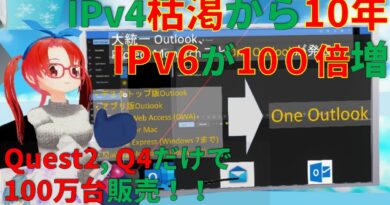Troubleshooting Static Routes
Follow Us :
https://www.facebook.com/Bunny-Academy-100152525292003
Configuration lab –
https://drive.google.com/file/d/1I5o904vqtntMPQxOUzLRooaP2xhqAdMX/view?usp=sharing
Trouble shooting lab –
https://drive.google.com/file/d/11O_d84j4MjsELI4jQNFFXE0DAYUPHOB7/view?usp=sharing
As a Network Engineer, your primary goal is to make sure that your network equipment is operating properly at all times. But we all know that any equipment can break down. The reasons for this could be software inconsistencies, hardware malfunctions, maybe even environmental hazards.
Under such unpredictable conditions, your responsibility is to identify and isolate the cause of the malfunction and correct it as soon as you can. That’s why it is extremely helpful to know some specific techniques that have been proven to be crucial and essential in the networking world.
In today’s article I’ll present the most important commands that you will definitely find helpful and even mandatory throughout your networking career and specifically during network troubleshooting situations. The commands I am talking about, and which are truly invaluable, are:
Ping
Traceroute
Telnet
Show interfaces
Show ip interface
Show ip route
Show running-config
Show startup-config
The Ping Utility
The PING command operates on the Network layer and uses the services of the ICMP protocol. It is the first command that you should use at the beginning of your troubleshooting process.
With PING you can test whether a remote host is alive by transmitting echo request messages and receive echo replies from the specific host. Keep in mind that even if a host is alive, it does not mean that it is functioning properly, that is why PING is used at the beginning of your investigation and is the best command to start with.
cisco academie



